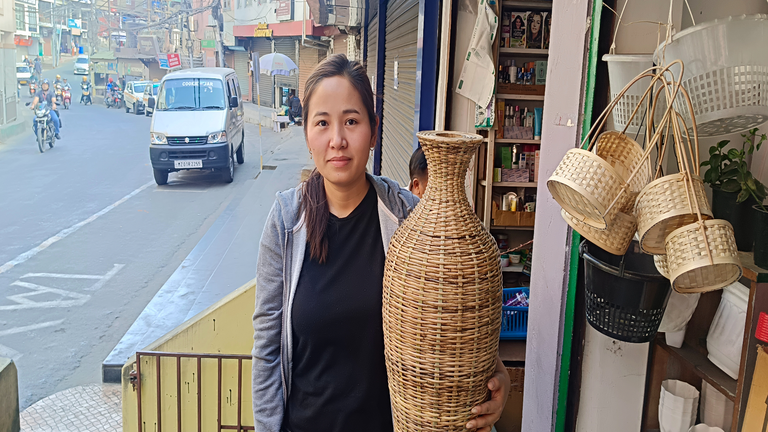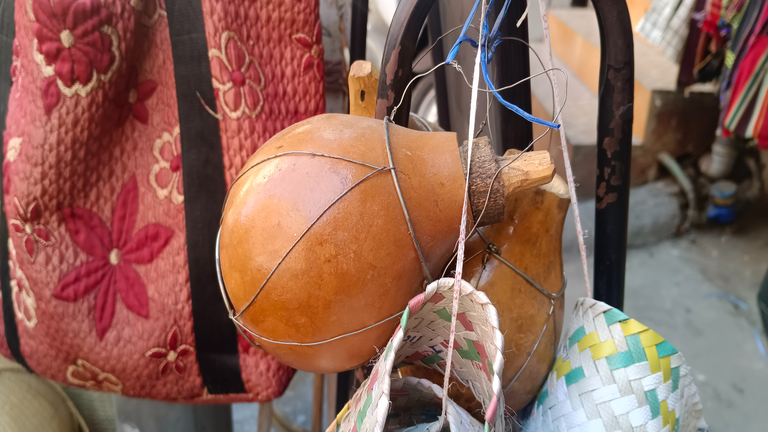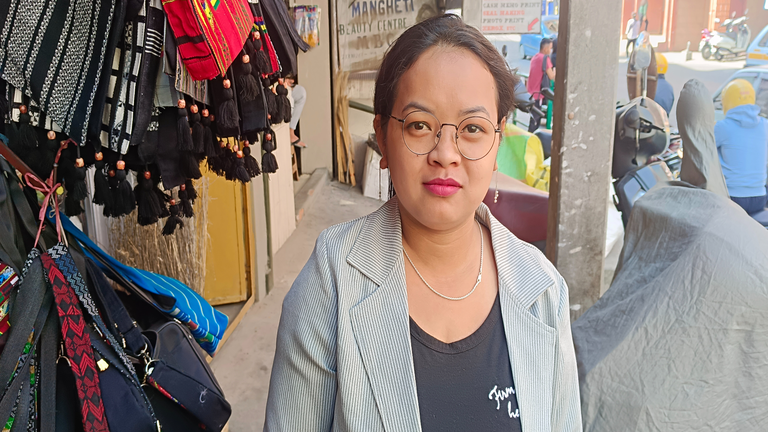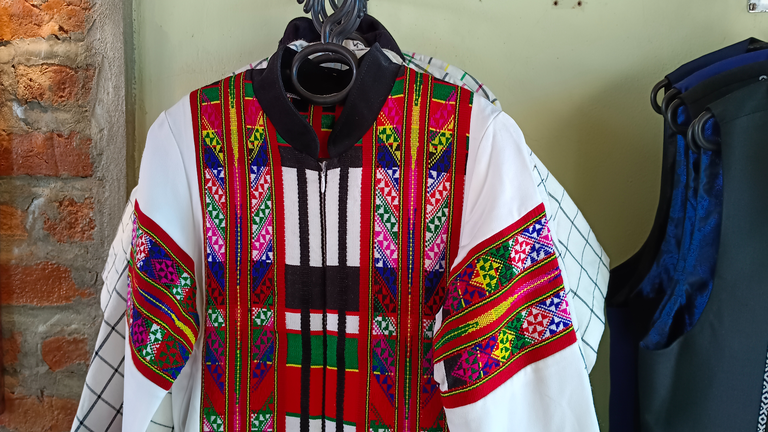
Kyoto’s premier photography festival, Kyotographie, grows in stature with the launch of a new music festival, Kyotophonie, held in the spring and autumn.
The small state of Mizoram in northeast India has a thriving handicraft industry, with artisans making a living by selling products made from bamboo.
Champuii Ralte runs a shop selling handicraft items in Aizawl, the state capital of Mizoram in northeastern India. The 25-year-old entrepreneur says that the items she sells, made from bamboo following traditional indigenous methods, generate huge demand in the state. “I started my business just a year ago because I saw that there is a huge demand for handicraft items here. The business has been running well as baskets, vases and other items are being used by the locals to store household items,” Ralte says. Interestingly, Champuii Ralte also pointed out that locals in Mizoram still prefer to use handicraft items for everyday tasks, unlike what happens in other states where people are shifting to products made of different materials.
Mizoram is one of the least populous states in India with a population of just over one million (recorded during the last Census in 2011). Its people are primarily adherents of Christianity. The state covers an area of around 21,081 square kilometres, much of it made up of dense green forest. The state has a wide availability of bamboo due to its extensive forest cover.
Artisans in the state make various handicraft items such as baskets of all sizes for storing household items or even rice, as well as flower vases and saum, a special container for storing fermented pork. “We also get a lot of tourists because the state is known for its natural beauty. We have several hill stations here. Both tourists and locals love to purchase our products.” Demand for handicraft items is so high that often it becomes difficult to meet the requirement and supply the order on time.
Many tourists say that they never miss a chance to buy handicraft items from Mizoram during their visits, “We find certain items like saum jars which are not available in our state. It serves not only as a showpiece but can be used in the house for storing fermented pork. The bamboo in Mizoram is known for its good quality and the products made by it survive for several years. We buy them during our visits,” said Hailun Sarma, a visitor from the neighbouring state of Assam.
Lalremruati, 45, is an artisan in the Serchhip district and says that she provides for her family by making handicraft items. “We live on hilly terrain and do not have many livelihood opportunities here. We have a family to run and our income is limited. But handicraft items have offered me a scope to earn a decent income and meet my family’s needs.” Lalremruati also said that the finished products are bought from her doorstep by middlemen who then sell them to various shops in Aizawl and other districts.
Despite being a small state as compared to the rest of the country, Mizoram has various districts that are hubs for handicraft and handloom work. Situated around 43 kilometres from Aizawl, Thenzawl is an important hub of the traditional Mizo industry and is known as the handloom city. The area produces rich and colourful varieties of traditional Mizo textiles. The state government also promotes handicraft and handloom items to increase livelihood opportunities for the artisans and has even set up a handloom complex where almost all households own looms.
“We are proud that our products are not only sold in towns and villages in the state but also exported to other countries. We are blessed with good quality bamboo and skilled labour that help us to deliver the best products,” said artisan James Chhangte, 43. The state also has a large market for handloom items because women still prefer to wear traditional garments. “Unlike other parts of the country, women here still love to wear the traditional items during festivals like Christmas and other events,” Champuii added. The hand-woven items include Puan and Kawrechi. Puan is traditional attire which has shades of black and white, while Kawrechi is a kind of handmade blouse which is made up of cotton fabric and worn by Mizo women at festivals.
Senior government officials say that the government has undertaken various initiatives to support the artisans and enhance their livelihood. “The government regularly conducts workshops for artisans where they are trained to make different handloom items. The aim is to make them self-reliant as the state is rich in traditional products that can also be modified to suit modern tastes,” said Bishu Mondal, Assistant Director of the Weavers Service Centre in the state handloom and handicraft department.
However, Tlanhlui Ralte, 35, a handicraft seller in Aizawl, pointed out that the high transport costs prevent artisans from selling their craft beyond the local market. “We often receive queries from other states for our products but can only make these sales in the case of bulk orders because transportation costs are too high and sending fewer items would not be feasible. We could generate more income if the cost to send the goods from here to another state were reduced.”
Siamo anche su WhatsApp. Segui il canale ufficiale LifeGate per restare aggiornata, aggiornato sulle ultime notizie e sulle nostre attività.
![]()
Quest'opera è distribuita con Licenza Creative Commons Attribuzione - Non commerciale - Non opere derivate 4.0 Internazionale.
Kyoto’s premier photography festival, Kyotographie, grows in stature with the launch of a new music festival, Kyotophonie, held in the spring and autumn.
Many British cultural institutions have ended their relationship with oil giant BP in recent years, thanks to pressure from activists and the public.
Communities across India are celebrating Durga Puja, a festival that stands as an example of the communal unity which is under threat in the country .
Through stories of encounters between humans and animals, Our Wild Calling offers a way out of an age of solitude. We speak to author Richard Louv.
Survival, multiculturalism, plastic islands. Musician Grey Filastine recounts his adventure aboard the Arka Kinari, which set sail in 2019 and spent much of last year adrift in the Pacific because of the pandemic.
Chinese filmmaker Chloé Zhao made history, becoming the first Asian woman to win an Academy Award as well as a Golden Globe for Best Director for Nomadland.
A list of some of the best films on ethical and sustainable fashion shown at past editions of the Milan Fashion Film Festival.
“For there is always light, if only we’re brave enough to see it”. Meet Amanda Gorman, the young Black poet who capitvated hearts at Biden’s inauguration.
The winner of the 2020 FTP Prize for Sustainable Art, created to highlight the need for environmental awareness in contemporary art, has been announced.











